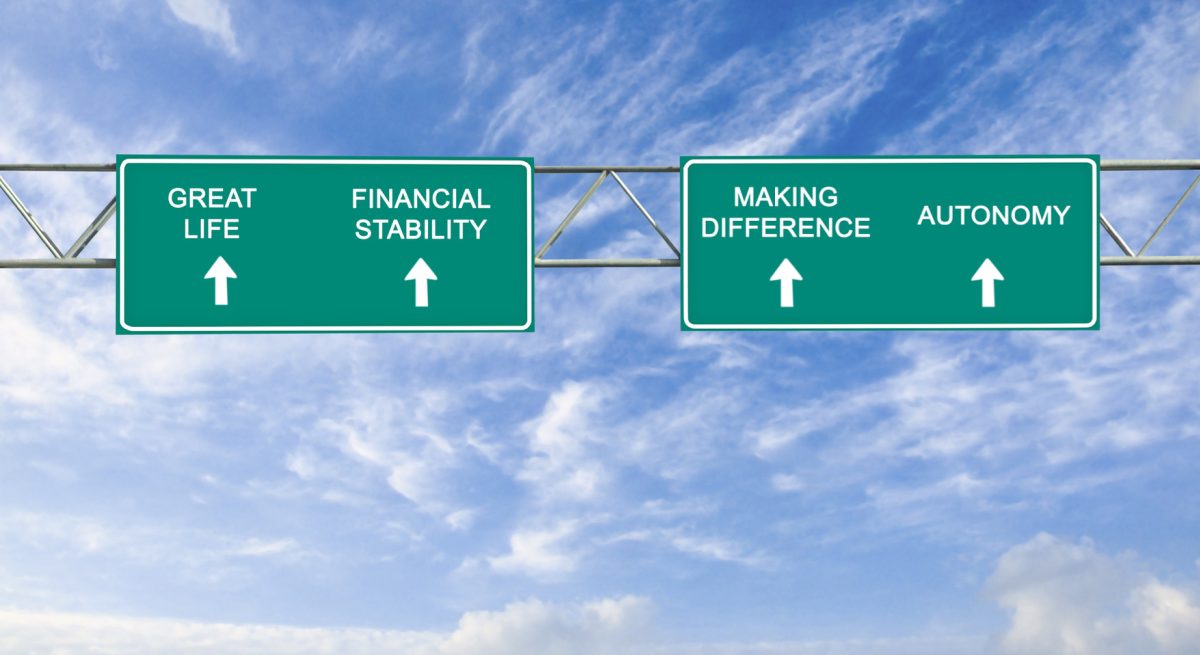A More Financially Stable Workforce Can Fuel Industry Recovery — Even in a Talent Crunch
3 Min Read By Andrew Garner
There’s a surge in demand for hourly workers, and restaurants nationwide are grappling with unprecedented staffing shortages. It’s even led some restaurants to temporarily shutter their doors. Recent research found this shows no sign of slowing down, as more than a third of workers don’t intend to return to the industry.
Many restaurants are responding by offering higher (and higher) wages, signing bonuses, paid vacation and more. But, mounting research shows some workers are looking for more than just money.
In fact, Netspend surveyed more than 900 tipped workers across the restaurant, food delivery, hospitality, salon and spa industries to get a pulse on the financial impacts of COVID-19. The research showed that financial stress is at all-time highs among many segments of the workforce, and that it directly impacts retention.
As restaurants look to rebuild, they should prioritize empowering a financially stable, healthy workforce with digital, on-demand access to earned…
Sorry, You've Reached Your Article Limit.
Register for free with our site to get unlimited articles.
Already registered? Sign in!


